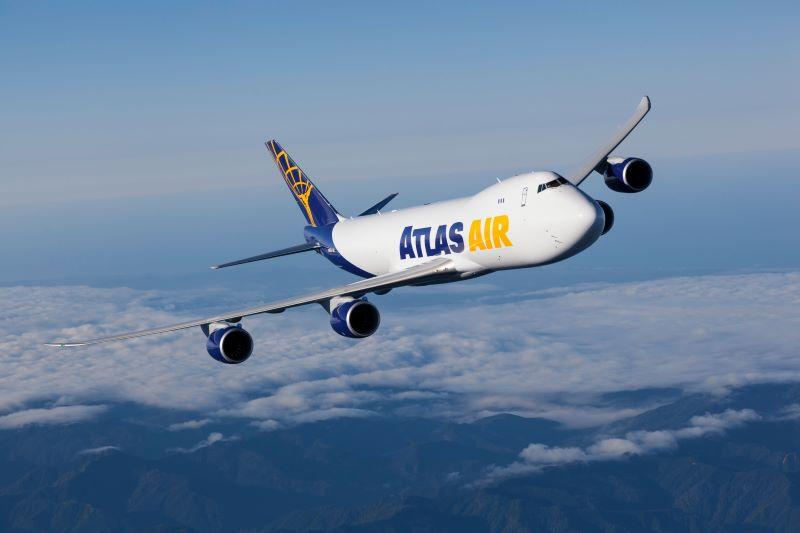
Credit: Atlas Air
SAN DIEGO—Air cargo operators are going to run into a shortage of freighter aircraft, as a significant portion of the in-service fleet is coming up for retirement and feedstock for passenger-to-freighter (P2F) conversions is becoming scarce, airline executives pointed out at the ISTAT Americas...
Subscription Required
This content requires a subscription to one of the Aviation Week Intelligence Network (AWIN) bundles.
Schedule a demo today to find out how you can access this content and similar content related to your area of the global aviation industry.
Already an AWIN subscriber? Login
Did you know? Aviation Week has won top honors multiple times in the Jesse H. Neal National Business Journalism Awards, the business-to-business media equivalent of the Pulitzer Prizes.
